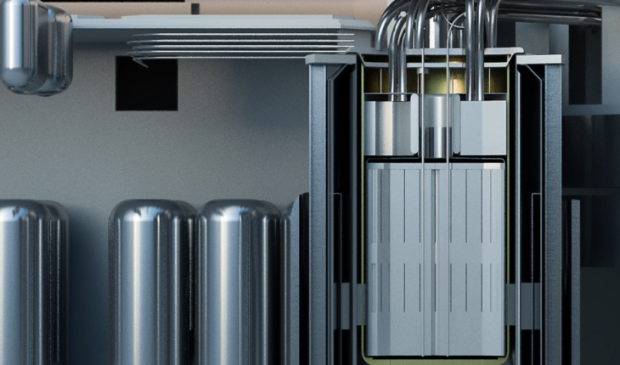
Breaking News
 Christmas Truce of 1914, World War I - For Sharing, For Peace
Christmas Truce of 1914, World War I - For Sharing, For Peace
 The Roots of Collectivist Thinking
The Roots of Collectivist Thinking
 What Would Happen if a Major Bank Collapsed Tomorrow?
What Would Happen if a Major Bank Collapsed Tomorrow?
Top Tech News
 Travel gadget promises to dry and iron your clothes – totally hands-free
Travel gadget promises to dry and iron your clothes – totally hands-free
 Perfect Aircrete, Kitchen Ingredients.
Perfect Aircrete, Kitchen Ingredients.
 Futuristic pixel-raising display lets you feel what's onscreen
Futuristic pixel-raising display lets you feel what's onscreen
 Cutting-Edge Facility Generates Pure Water and Hydrogen Fuel from Seawater for Mere Pennies
Cutting-Edge Facility Generates Pure Water and Hydrogen Fuel from Seawater for Mere Pennies
 This tiny dev board is packed with features for ambitious makers
This tiny dev board is packed with features for ambitious makers
 Scientists Discover Gel to Regrow Tooth Enamel
Scientists Discover Gel to Regrow Tooth Enamel
 Vitamin C and Dandelion Root Killing Cancer Cells -- as Former CDC Director Calls for COVID-19...
Vitamin C and Dandelion Root Killing Cancer Cells -- as Former CDC Director Calls for COVID-19...
 Galactic Brain: US firm plans space-based data centers, power grid to challenge China
Galactic Brain: US firm plans space-based data centers, power grid to challenge China
 A microbial cleanup for glyphosate just earned a patent. Here's why that matters
A microbial cleanup for glyphosate just earned a patent. Here's why that matters
 Japan Breaks Internet Speed Record with 5 Million Times Faster Data Transfer
Japan Breaks Internet Speed Record with 5 Million Times Faster Data Transfer
Game changing nuclear molten salt reactor will be cheaper than natural gas

They submitted the Integral Molten Salt Reactor (IMSR) design to CNSC in the fall of 2016, taking the first step in a several step process leading toward the construction and operation of power generation units. As promised, the CNSC completed its non-binding review of the design information within a year of the application submission.
Rod Adams interviewed Terrestrial Energy CEO Simon Irish at Forbes.
Rod Adams: How does completing phase one of the vendor design review fit with your development schedule?
Simon Irish: One of the biggest challenges when developing new reactor technology is reducing the risk associated with obtaining an operating license. Successfully completing the regulatory scrutiny included in the vendor design review encourages potential utility customers to see there is a bounded risk associated with obtaining an operating license for a project using the reviewed design. We can now talk to our stakeholders about the results of the review and move on to phase two of design review in Canada.

 The State's Last Stand
The State's Last Stand


